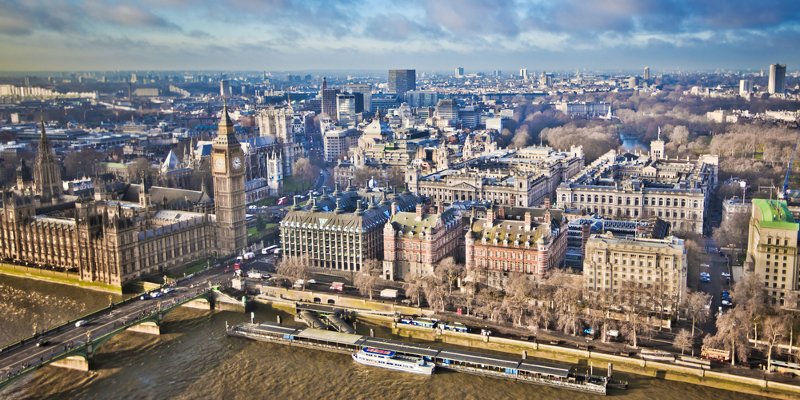The average amount a first-time buyer will pay for a home in the capital has now increased to over £400,000 (£420,132), double that paid by first-time buyers across the rest of Britain (£210,515), Lloyds Bank has found.

The average amount a first-time buyer will pay for a home in the capital has now increased to over £400,000 (£420,132), double that paid by first-time buyers across the rest of Britain (£210,515), Lloyds Bank has found.
During the past five years, the average price of a property bought by a first-time buyer in London has risen by 64%, from £255,794 to £420,132.
The typical deposit used to buy a first London home has also increased greatly and is more than double that which other first-time buyers across the UK choose to put down as a deposit (£92,833 vs £39,668).
This is up 62% when comparing what first-time buyers used as a deposit just five years ago (£92,833 vs £57,434).
Andrew Mason, Lloyds Bank mortgage products director, said:“Despite the recent slowdown in London house prices this latest data shows how expensive it has become to live in the capital, particularly for young people trying to get on the ladder for the first time.
“As a result, first-time buyers have to wait until they are 34 before getting their first foot on the property ladder.
“While property prices drop as you head to the fringes of the capital, our analysis is showing that this gap is closing as house price growth in Outer London boroughs is continuing to increase at a greater pace than Inner London boroughs.
“This healthy growth may be linked to a high demand for these more affordable properties as well as some areas benefiting from the new Crossrail link due to open next year as commuters move further afield.”
Since 2013, the number of buyers getting on the capital’s housing ladder has fallen by 5% to 42,983 in 2017. Five years ago 17% of all first-time buyers in the UK were in London, today that proportion has fallen to 12%.
The number of London first-time buyers has fallen for three consecutive years whilst the overall number has increased for six years straight across the rest of the UK. Elevated house price levels are likely to have been a key factor in this slowdown of first-time buyer activity.
Camden is the borough which commands the highest average deposit from a first-time buyer in London, which has increased from £137,079 in 2013 to £175,844 in 2018, a jump of 28%.
However, it is Haringey that has seen the biggest increase in deposits paid by first-time buyers, which have more than doubled from £63,447 in 2013 to £131,827.
As a result of high property prices, the size of the average London first-time buyer mortgage has risen by 65% in the last five years to £327,299, compared to £170,847 for the rest of the UK.
However, it is still cheaper to buy than rent. A typical three bedroom house would cost a London first-time buyer around £1,248 per month with the rent for a similar property coming in at £1,545, a difference of £3,568 per year.
Houses in London for all home buyers are notoriously expensive, currently coming in at over £600,000 on average. The average house price in London has increased by 40% from £435,712 in 2013 to £610.701 in 2018, compared to a growth of 20% for England and Wales.
London’s once cheaper periphery are now key growth areas. House prices in outer London boroughs, such as Barking and Dagenham, Haringey and Waltham Foresthave grown by nearly half (47%) in the last five years from £348,230 to £511,184.
InnerLondon boroughs, such as Camden, Greenwich and Lambeth also saw a surge of 44% (£447,781 to £645,791) in the same time period as did Prime London boroughs.
The City of London, Westminster and Kensington & Chelsea saw rises of 37% from £1.22m to £1.68m. This far outstrips the growth seen across the rest of England and Wales (£238,333 to £286,822).
However, whilst prices are lower in outer London the gap is closing. In 2013, the average house price of £348,230 for a home in outer London was 20% less compared to London as a whole (£435,712); today the gap is 16%.



